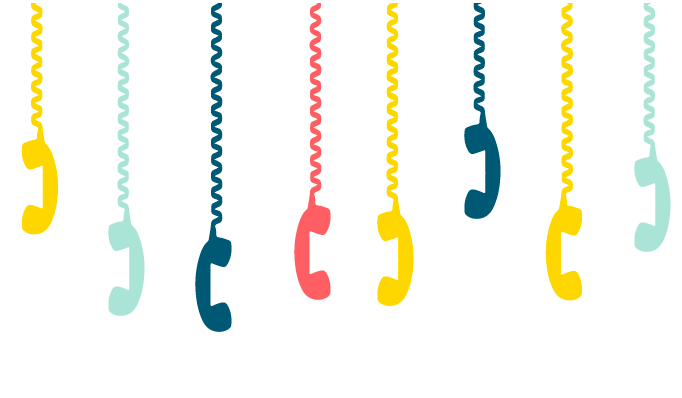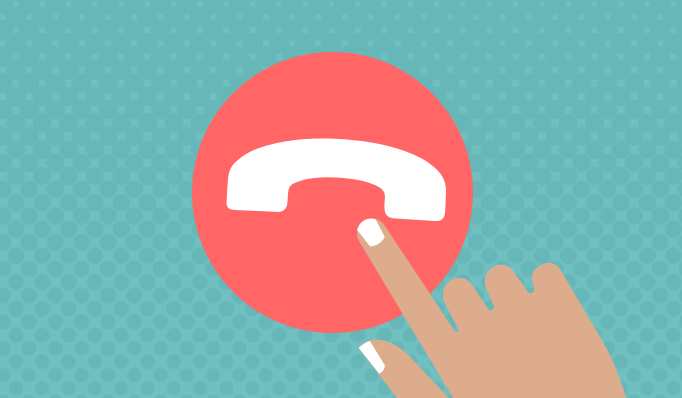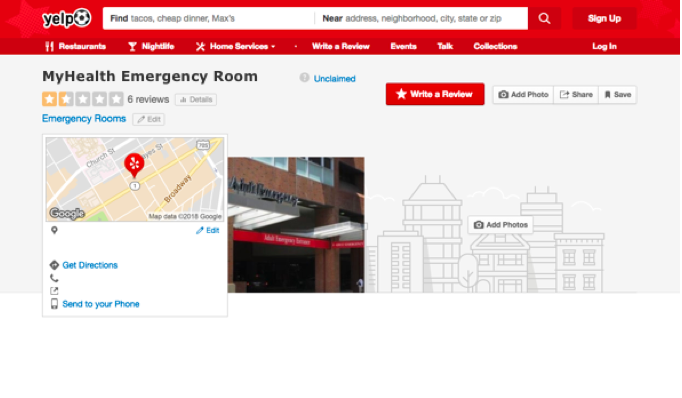Today’s best consumer businesses invest heavily in establishing and growing direct customer relationships. As consumers, we can text Warby Parker for help picking out new glasses. We tweet Delta Airlines with complaints and concerns. We live chat Amazon with questions about orders we’ve placed.
These bi-directional conversations make all the difference — they empower consumers to establish direct channels and relationships with brands. When done well, high-touch, personalized interactions transform the relationship between businesses and consumers, and the increased communication helps drive customer satisfaction. Consumers can get the information they need without having to jump through hoops, and they can choose their preferred medium of communication to do so.
But these new forms of communication — through apps, messaging, social media, phone calls, and more — lend themselves to different kinds of consumer needs. Simple information requests about store hours or return policies are better suited to automated conversations through text or social media. On the other hand, complicated situations like defusing an irate customer or dealing with a delivery mixup still require a phone conversation. Indeed, call centers still handle 68% of all consumer interactions, despite the rise of texting and messaging for businesses.
While consumers still want the high-touch experience of conducting a conversation over the phone, their feelings about staying on hold are changing. In fact, 60% of consumers hang up when placed on hold, and 30% of them never call back. As it becomes easier to text or message a business for help, consumers have begun demanding that same kind of efficiency from their phone conversations with businesses. Failure to deliver on this need means losing customers, who have no problems taking their business elsewhere. Two out of three consumers will consider switching to a competitor if they are put on hold for too long.

Hospital call centers suffer similar woes. For many patients, call centers are the first point of contact between a patient and a hospital. Hospital call centers handle everything from appointment scheduling to patient navigation to gathering intake information. The important role that they play in the patient’s journey means hospitals cannot afford to have inefficient call centers.
But the emphasis on speed has overlooked the quality of the calls. As such, most hospital call centers focus on getting through calls as quickly as possible, transferring patients to multiple different departments instead of addressing their needs right then and there. Hospital call centers have been constructed to maximize calls per hour and minimize response times and abandonment rates. Instead of receiving tailored, specific care when calling a hospital, patients are rerouted over and over again and left in transfer purgatory.
And here’s the worst part: even after all that transferring, patients oftentimes still don’t get the information they need. Take appointment scheduling, for example. Many call centers still use out of date, paper-based directories and on-call schedules. In a study conducted of 40 of the top health systems and hospitals in the US, 82% of their call centers were unable to successfully book an appointment directly over the phone. The result is an increased risk that a patient will go elsewhere to receive care, resulting in lost revenue and lost customer loyalty.
It’s time for hospital call centers to go on offense. Imagine if the generic call center could be replaced by a highly specific group of patient navigators assigned to the different service lines. The call center could outsource some of its simpler, impersonal duties — like giving directions, providing billing assistance, and scheduling appointments — to automated digital assistants. This would allow them to devote more time and energy to the more high-touch interactions with patients that require clinical expertise and individuality.
The bottom line: the people answering the phone for hospitals should be highly skilled in their area of expertise, instead of mediocre generalists. Automating tasks is the first step to generating a call center that can provide the level of attention and care patients expect from their hospital. Hospital call centers should be outcomes-driven, able to handle patient needs efficiently and effectively. That’s not to say hospitals should stop tracking traditional call center measures of success like hold times, first call resolution, and abandonment rates. But they should also be tracking call center net promoter scores and which communication channels their patients prefer, among other things.
It doesn’t matter how good a hospital’s surgery department is or how skilled the doctors are if the people answering the phones can’t even help a patient successfully book an appointment. Hospital call centers are critical to maintaining hospital-patient communication. It’s time to start recognizing their potential to drive customer satisfaction and loyalty.








